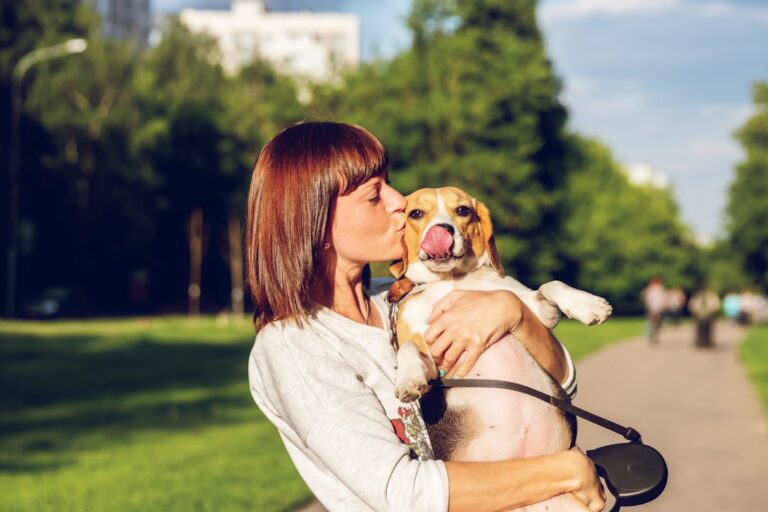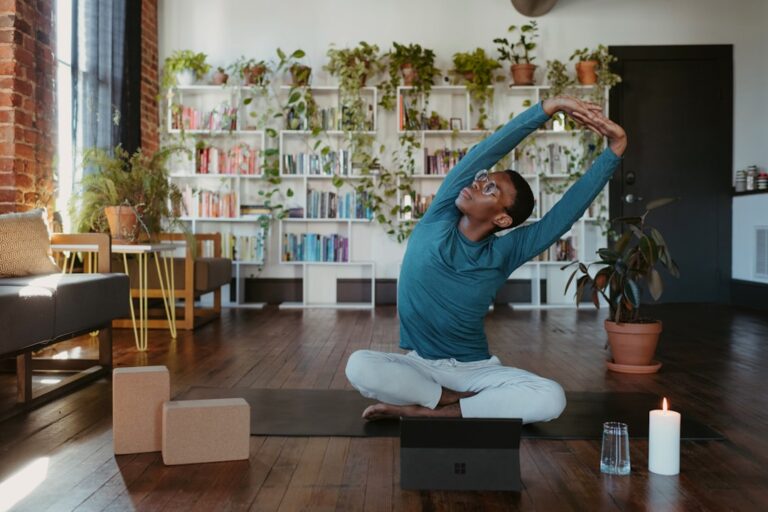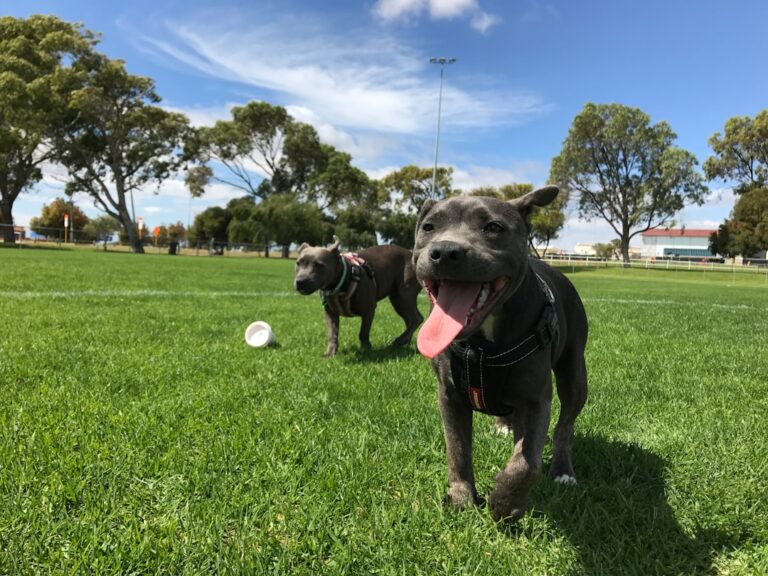Crate training is a widely recognized method for teaching dogs to feel comfortable and secure in a confined space. This technique involves using a crate, which serves as a den-like environment for the dog, allowing it to retreat to a safe area when needed. The concept of crate training is rooted in the natural instincts of dogs, as they are den animals by nature.
In the wild, dogs seek out small, enclosed spaces to rest and protect themselves from potential threats. By mimicking this instinctual behavior, crate training can foster a sense of security and comfort for your pet. The process of crate training can be beneficial for both the dog and the owner.
For the dog, it provides a designated space that can help reduce anxiety and create a sense of routine. For the owner, it offers a practical solution for managing a pet’s behavior, especially during housebreaking or when leaving the dog alone. However, successful crate training requires patience, consistency, and an understanding of canine behavior.
It is essential to approach this training method with a positive mindset, ensuring that the crate is viewed as a safe haven rather than a form of punishment.
Key Takeaways
- Crate training is a useful tool for teaching dogs good behavior and providing them with a safe space.
- Creating a safe and comfortable environment within the crate is essential for successful training.
- Housebreaking can be facilitated through crate training by establishing a routine and using positive reinforcement.
- Crate training can help alleviate separation anxiety by providing a secure and familiar space for the dog.
- When traveling with your dog, crate training can make the journey safer and more comfortable for both the dog and the owner.
Creating a Safe Space for Your Dog
Establishing a safe space for your dog within the crate is crucial for effective crate training. The first step in this process is selecting an appropriate crate size. A crate that is too large may encourage the dog to use one end as a bathroom, while a crate that is too small can cause discomfort and anxiety.
Ideally, the crate should be just large enough for the dog to stand up, turn around, and lie down comfortably. This size consideration helps create an environment that feels secure and snug. Once you have chosen the right crate, it is important to make it inviting.
Adding soft bedding or blankets can enhance the comfort level, while toys can provide mental stimulation and entertainment. It is also beneficial to place the crate in a quiet area of the home where the dog can feel safe yet still be part of family activities. This balance allows the dog to acclimate to its new space without feeling isolated.
Additionally, incorporating familiar scents, such as items that smell like the owner or other pets, can further enhance the dog’s sense of security within the crate.
Housebreaking and Crate Training
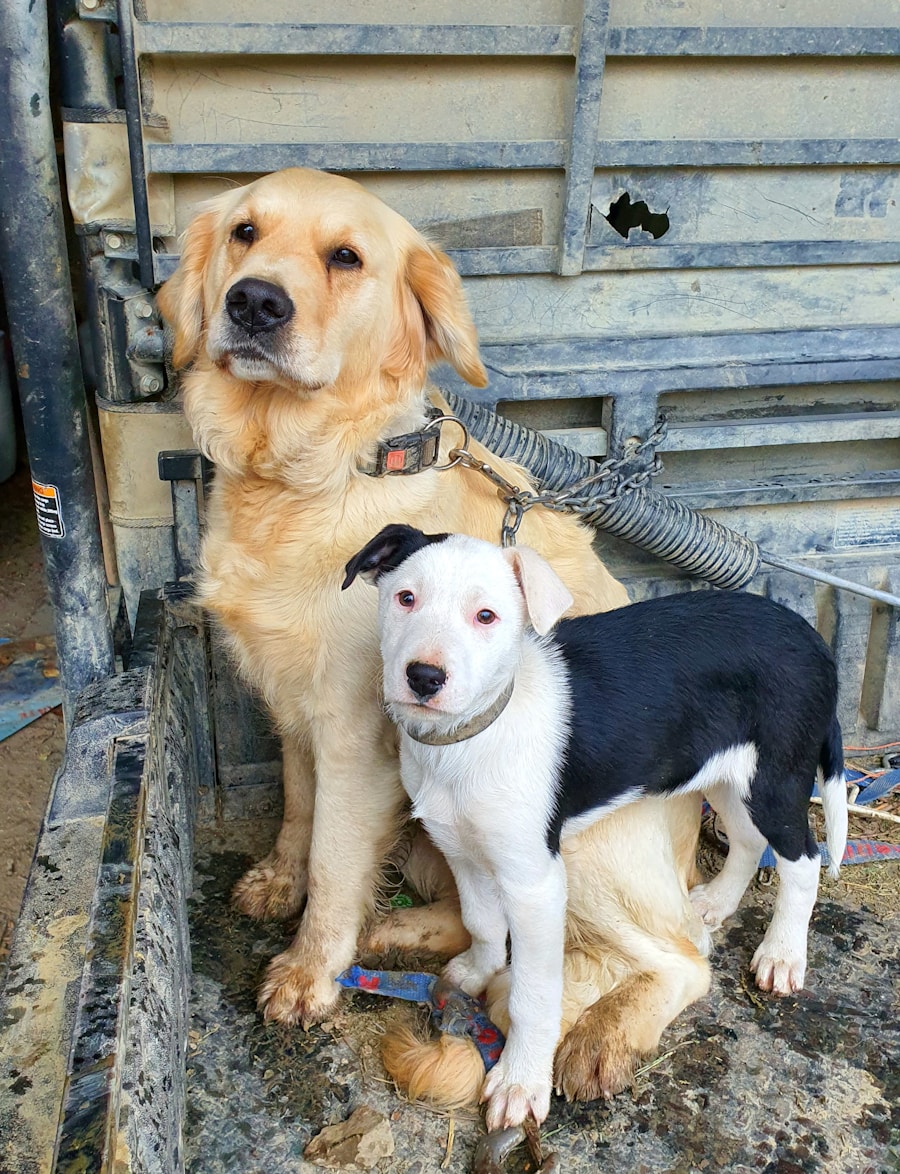
Crate training is often an effective tool for housebreaking puppies and adult dogs alike. The fundamental principle behind this method is that dogs naturally avoid soiling their sleeping area. By using the crate as a means of confinement, owners can encourage their pets to hold their bladder until they are let outside.
This technique requires careful timing and observation; owners should take their dogs out frequently, especially after meals, playtime, or naps. To maximize the effectiveness of crate training for housebreaking, it is essential to establish a consistent schedule. Taking the dog out at regular intervals helps reinforce good habits and reduces the likelihood of accidents inside the crate.
When the dog successfully eliminates outside, positive reinforcement through praise or treats can further encourage this behavior. Over time, as the dog learns to associate being in the crate with positive experiences and outdoor bathroom breaks, housebreaking becomes a more manageable task.
Separation Anxiety and Crate Training
| Metrics | Separation Anxiety | Crate Training |
|---|---|---|
| Prevalence | 20-40% of dogs experience separation anxiety | 80% of dogs show improvement with crate training |
| Symptoms | Excessive barking, destructive behavior, house soiling | Reduced anxiety, increased sense of security |
| Effectiveness | Behavior modification, desensitization, medication | Positive reinforcement, gradual introduction, consistency |
| Duration | Can take weeks to months to see improvement | Can see improvement within a few days to weeks |
Separation anxiety is a common issue among dogs, often manifesting as destructive behavior or excessive barking when left alone. Crate training can serve as an effective strategy for alleviating some of these symptoms by providing a secure environment where the dog feels safe during periods of solitude. However, it is crucial to introduce the crate gradually to avoid exacerbating anxiety.
Rushing this process can lead to negative associations with the crate, making it more challenging for the dog to adapt. To help mitigate separation anxiety through crate training, owners should start by allowing their dogs to explore the crate while it remains open. Gradually increasing the time spent inside with positive reinforcement can help create a positive association with being crated.
Additionally, leaving behind comforting items such as toys or blankets can provide emotional support during times of separation. Over time, as the dog becomes accustomed to being in the crate while alone, it may develop greater confidence and reduce its anxiety levels.
Traveling with Your Dog and Crate Training
Traveling with dogs can be a rewarding experience, but it also requires careful planning to ensure safety and comfort during transit. Crate training plays a vital role in preparing dogs for travel by familiarizing them with being confined in a secure space. Whether traveling by car or air, having a well-trained dog that is comfortable in its crate can significantly reduce stress for both the pet and its owner.
When traveling by car, using a crate can prevent distractions while driving and protect the dog in case of sudden stops or accidents. It is essential to secure the crate properly within the vehicle to prevent movement during transit. For air travel, many airlines require pets to be transported in an airline-approved crate.
Familiarizing your dog with this type of crate before travel can help ease any anxiety associated with being confined in an unfamiliar environment. Additionally, ensuring that your dog has access to water and regular breaks during long trips will contribute to its overall well-being.
Managing Destructive Behavior with Crate Training
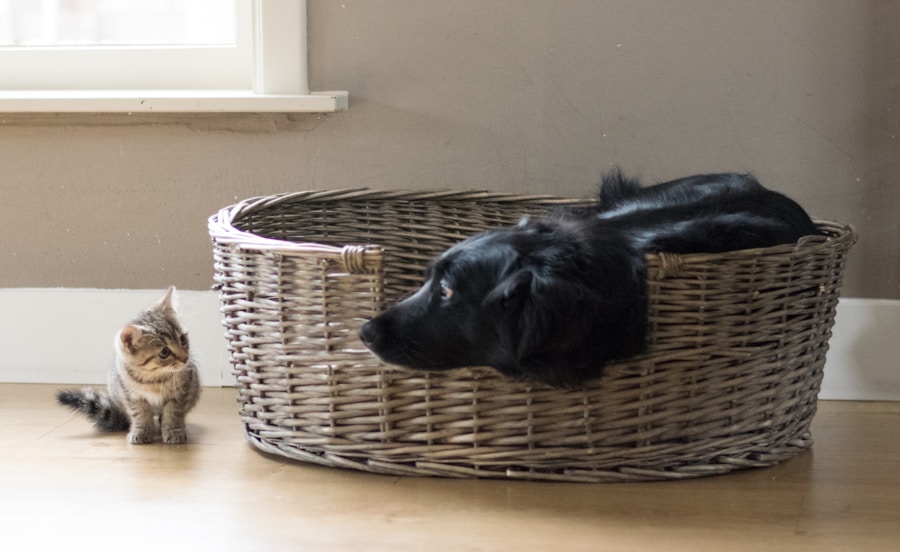
Preventing Destructive Behavior
When used correctly, crates can prevent dogs from engaging in destructive activities such as chewing furniture or digging through trash.
Addressing Destructive Behavior through Crate Training
To address destructive behavior through crate training, it is essential to ensure that your dog receives adequate physical exercise and mental stimulation before being crated. A well-exercised dog is less likely to engage in destructive behaviors out of boredom or pent-up energy. Additionally, providing interactive toys or puzzle feeders within the crate can keep your dog occupied and mentally engaged while you are away.
Long-term Benefits of Crate Training
Over time, as your dog learns that being crated does not equate to boredom or isolation, it will become more comfortable with this arrangement.
Crate Training for Safety and Emergency Situations
Crate training serves not only as a tool for behavioral management but also as an essential safety measure in emergency situations. In instances such as natural disasters or unexpected evacuations, having a well-trained dog that is comfortable in its crate can facilitate quick and efficient responses. A familiar environment can help reduce stress for both the pet and its owner during chaotic situations.
In addition to emergencies, crates can also provide safety during everyday activities at home. For example, when hosting gatherings or having maintenance work done in your home, crating your dog can prevent accidents or injuries caused by unfamiliar people or situations. By ensuring that your dog is accustomed to being crated in various scenarios, you create a sense of security that extends beyond just housebreaking or managing behavior.
Tips for Successful Crate Training
Successful crate training hinges on several key principles that promote positive experiences for both dogs and their owners. First and foremost, patience is essential; every dog learns at its own pace, and rushing the process can lead to setbacks. Gradual introductions to the crate should be accompanied by plenty of praise and rewards to reinforce positive associations.
Consistency is another critical factor in successful crate training. Establishing a routine helps dogs understand when they will be crated and when they will have opportunities for playtime or bathroom breaks. Additionally, avoiding using the crate as a form of punishment ensures that your dog views it as a safe space rather than a place of confinement.
Finally, monitoring your dog’s behavior during crate training is vital for identifying any signs of distress or discomfort. If your dog exhibits excessive barking or signs of anxiety while crated, it may be necessary to reassess your approach and make adjustments accordingly. By remaining attentive to your dog’s needs and maintaining open lines of communication through positive reinforcement, you can foster a successful crate training experience that benefits both you and your furry companion.





